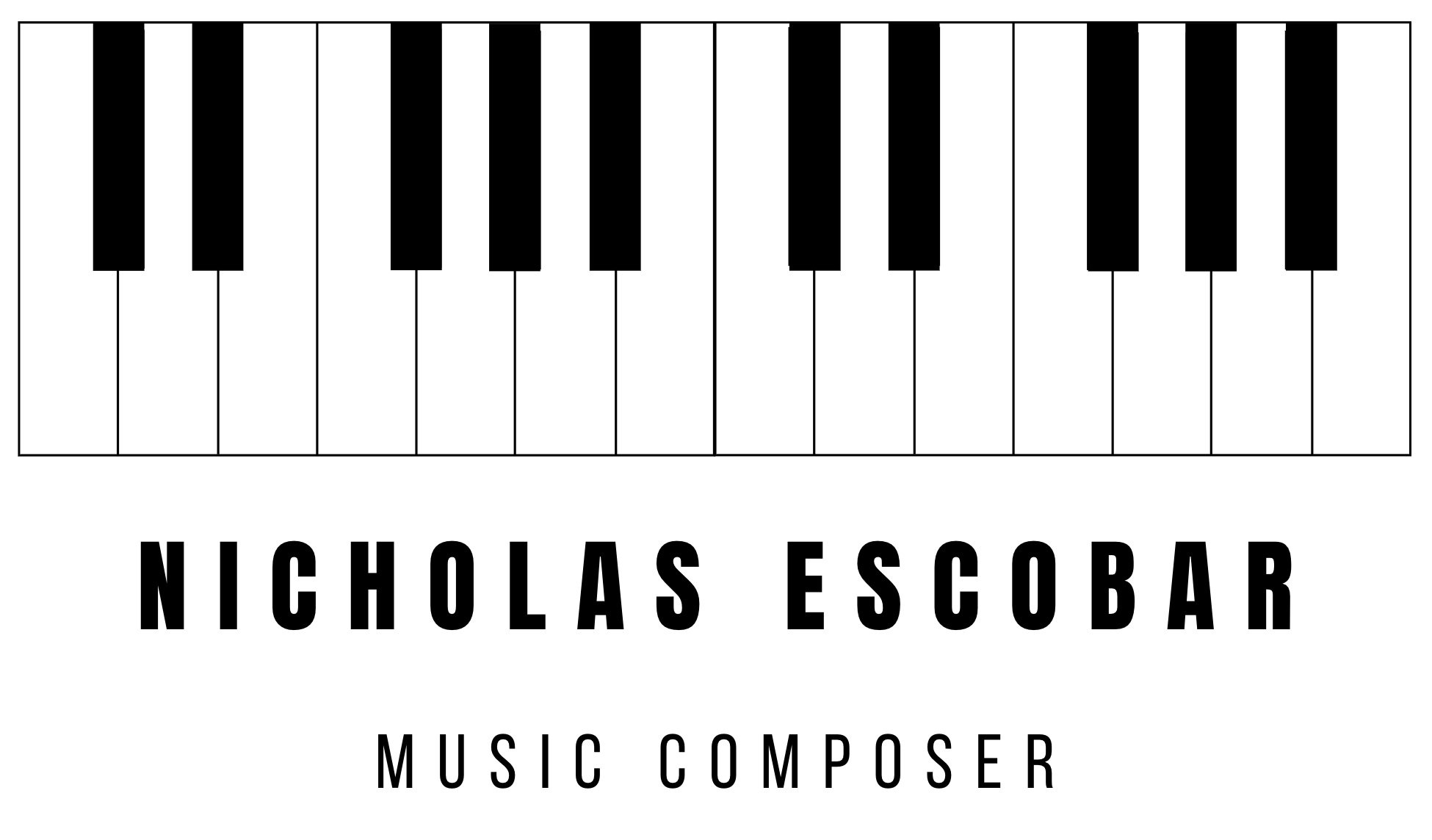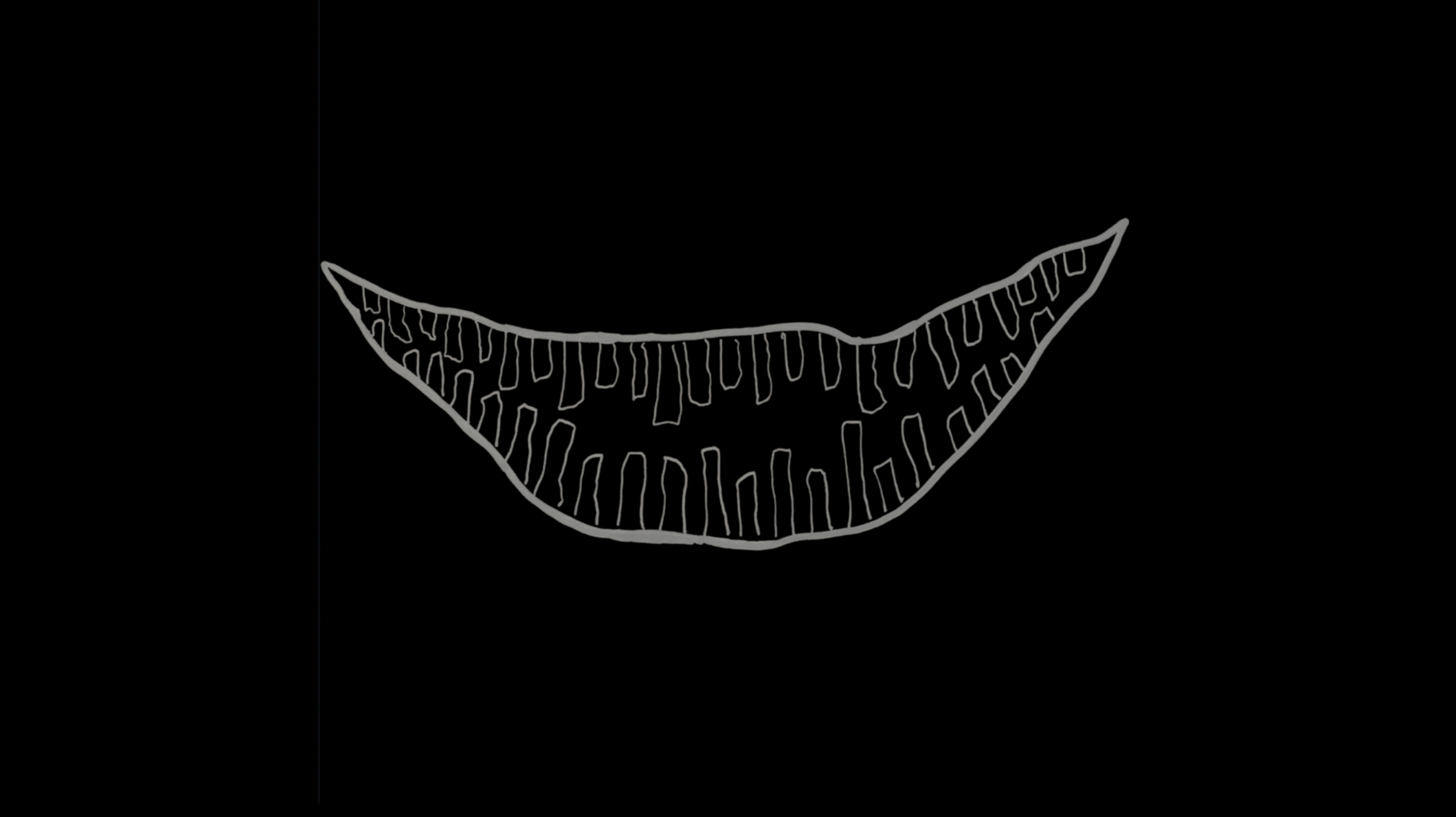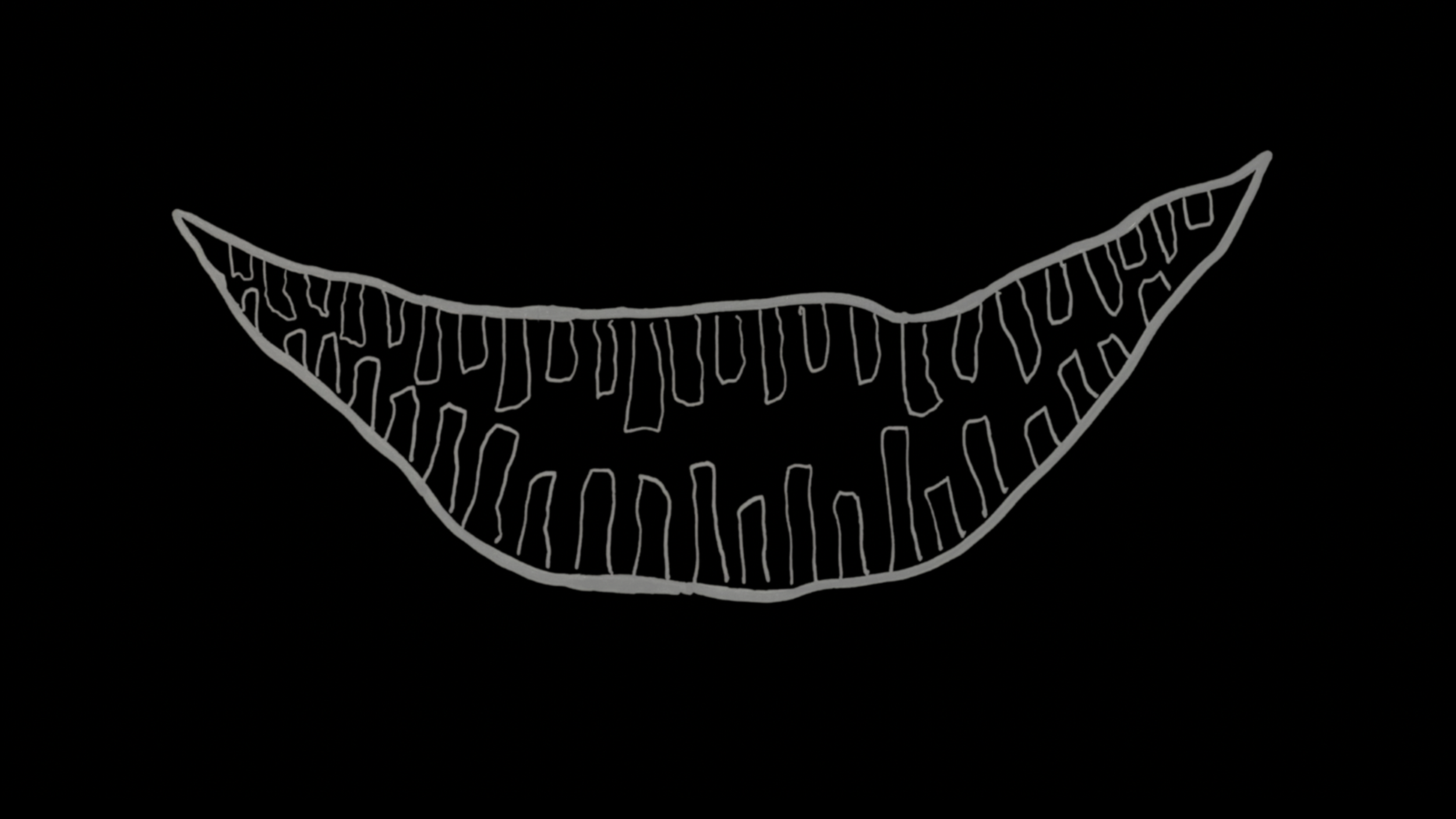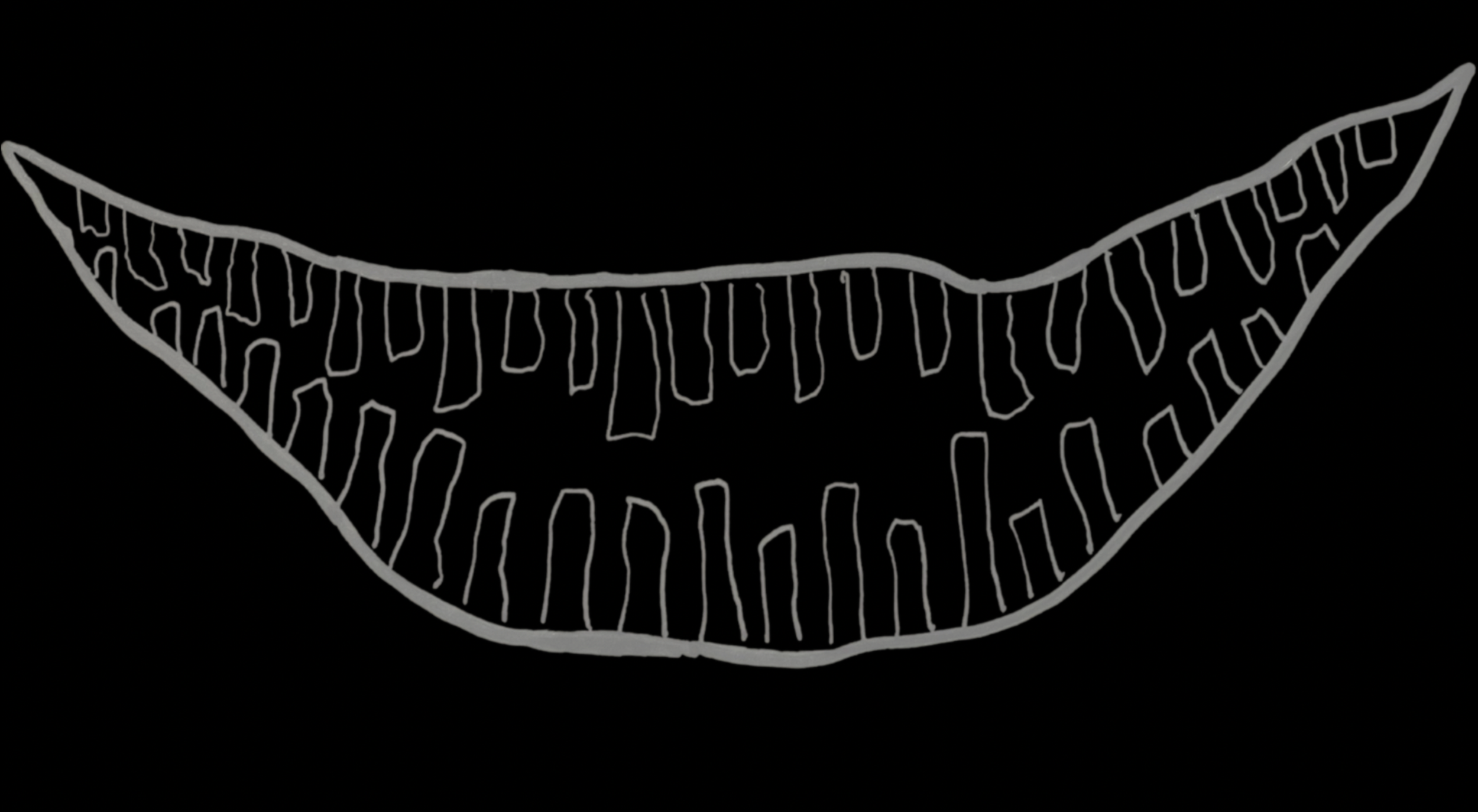My Composing Process: "The Song Of The Friend" (2023)
Dear Readers,
The story of “The Friend” begins all the way back in 2018. I was in a flash fiction course at the University of Pennsylvania taught by Carmen Maria Machado and one of our assignments was to create a short story that was a really long run-on sentence. My story involved a person being pursued at night by a mysterious figure with a wide white grin. I began writing more horror short stories and placed The Friend organically into them. Then I wrote short novellas sometimes only tangentially involving The Friend but still existing in the same universe.
The first Friend story that I am releasing is “The Nice Stay Motel”. You can read it here. I wrote this story in late 2022, inspired by a trip to a hotel. I heard a family making loud noises in the room next to me and created a story around that premise. I composed a short piece of music to accompany the beginning of the story (you are meant to listen to the music while you read). i also composed this piece, “The Song Of The Friend”, which is an overarching theme for the character.
“The Story Of The Friend” is the culmination of elements that I composed in 2019, 2022 and now in 2023. Let’s break it down.
The Beginnings
Back in January of 2019, i composed music to accompany my first twelve Friend stories. One of the main instruments that I utilized was a mellotron with a flute sample. I improvised the following melody which became the ostinato (repetitive musical pattern) that encapsulated the terror of The Friend".
The reason why this ostinato is so off-kilter is because of the way it is constructed. It is centered around the chord of C minor. For the first two bars we begin on C, go down to G (the fifth of the chord), back up to C and then to Eb (the minor third of the chord). A more conventional pattern for this would be Eb-C-G-C or G-C-Eb-C. Notice that both of these patterns involve C as the up-beats (or beats 2 and 4). With the ostinato in ‘The Song of the Friend”, the changing notes (G and Eb and then G and F and G and D) are the upbeats causing the entire pattern to feel “off”. Add this odd construction to the eerie sound of a mellotron and you’ve got yourself a good horror theme.
The second melody that I composed way back in 2019 was what eventually became the calling card for ‘The Friend”. I played it on the Amplified Cello Quartet sample instrument from Spitfire Audio (specifically the “wobbly” sample). Deceptively simple, this melody traces out the shape of a C-minor chord (C-Eb-G). Then it hits the Eb again but moves to E natural creating a C-major chord, resolving back to C. The result is a melody that bridges the gap between major and minor in a puzzling way.
Some of the other elements that I developed in the 2019 demos were the percussive sounds of drumsticks (recorded live by me) and bongos. They created the driving rhythm to go under the ostinato. I also utilized the chorus from Spitfire LABS (I liked how they organically cresendoed), Artificial Harp (from Logic) and the Frozen Strings from Spitfire LABS. Another key instrument was the Soft Piano from Spitfire LABS, it served as the sonic bed for everything else to sit on.
You can hear one of the pieces below. It accompanied the first Friend story that I wrote:
Revisiting in 2022
You can see all the different sonic elements that went into the creation of “The Friend’s” Rhythm.
In 2022 I put together a demo of an audio play for The Friend. I adapted the Prologue that I wrote in 2018, recorded myself reading it and then scored underneath my narration. In doing so, I revisited my musical demos from 3+ years prior and added new elements to it.
First off, I created a rhythm for The Friend. If you can recall my work on Charlie Chaplin’s “The Immigrant”, I became very interested in creating rhythms out of recorded object sounds. For The Friend’s rhythm, I combined a number of different sounds: metal hitting shelves, metal rods hitting metal rods, La Croix can’s tab being flicked, a stone hitting grass and pillow cases hitting each other.
I also added sample instruments that I had created. One used a broken smoke detector, another a pig dog toy and the third used the sound of a ribbon hitting a moving fan. These sample instruments added another level of eerieness to the music.
From a musical theory perspective, I developed a chord progression to go underneath the ostinato. It went from Cm down to Ab major (always a nice move) and then to Fm.
I also wrote a new secondary melody to go over the Ab major chord, played by the Dolphin Whistle synth from Spitfire LABS. You can hear the demo for the end cue linked below.
Developing the demo for the audio play was a great experience. I still want to adapt some “Friend” stories into podcast episodes, so keep an eye (and ear) open for that.
Crafting “The Song of the Friend”
Fast-forward another year. I’m reading through some of the Friend stories I have written recently and one catches my eye: “Noisy Neighbors.” It packed a punch and was incredibly eerie and visual.
So I decided to revisit The Friend.
After making a few revisions to the story itself, I went back into the Logic Pro session, reassessed the instruments and melodies and then started composing.
I started with re-performing the mellotron ostinato, I see it as the beating heart of The Friend. Then I edited the timbales and bongo tracks so that they had more variation and felt more live. I then dug into my sample instrument collection. Doubled the mellotron ostinato with violins, violas and a piccolo (from Spitfire Studio Strings and Woodwinds) and a sampled wine bottle blow, brought out the Brutalizer from Spitfire LABS Lighthouse collection and doubled that with the contrabass tuba from Spitfire Studio Brass (added some nice distortion to it), and used LABS Monochord to double the artificial harp and piano. I used the pig instrument in a bit of a different way, having it play on the up beats (2 and 4) as the mellotron plays, creating an almost human yelp. Finally, the large distorted sound at the end is the broken smoke alarm synth (insanely distorted) playing in a low registered and lowed down due to the sampler settings.
I kept part of the chord progression as the audio play demo (C minor down to Ab major) but composed a new secondary melody. I had it played by French Horns, Solo Cello, the Talking Whales synth from Spitfire LABS and Solo Violin. I notably added a ton of distortion to both the horns and the talking whales synth to really add a crunchiness to the melody and make it feel even more intense. You can hear these instruments isolated in the audio file below (and you can also hear the violin’s lovely solo lines at the end of the piece, hitting some dissonant notes).
As per a lot of my recent work, I wanted to add soundscapes to the piece to extend the sonic environment. So I added the following sounds recordings of mine:
Longform Woods Recording - I recorded this in Maine in August. You can also hear this same recording in my piece “fog hovering above still water”.
September Rain - Recorded this in September (go figured) in Villanova, Pennsylvania where I am currently based,
Lungotevere Tor Di Nona - Recorded this in Rome in December 2022. The street is located right on the Tiber River near the Castel Sant’Angelo.
Radio1- Recorded this in Edinburgh in 2020 for the film “When Are You Going To Cut The Grass?”. I recorded the static from a small radio. I also slowed down this track, and put some FX on it to cut up the audio a bit.
Tram On Prenzlaeur Alle - Recorded this in Berlin in April 2023. The trams in Berlin have a brilliant sound, and I managed to put my microphone right up near the track before a tram thundered past.
Ocean As Cars (Barcelona Street) - This is a snippet of an audio recording that I did in Barcelona in 2019. l basically isolated a specific moment in the 20+ minute recording when a lot of cars were going by.
Karmann Ghia Engine Close + Engine Speeding Up - Both are recordings I did of my dad’s 1960’s eggshell blue Karmann Ghia. Love the sound of the engine.
Crickets Up Close - Recorded these crickets on Branch Lake in Maine in August 2023. Love cricket sounds, especially cricket sounds in Maine.
Additionally I used the London Atmos instrument from Spitfire Audio.
You can hear the entire isolated soundscape here:
I also did some experimentation, taking the reverb from the chorus (which has a ridiculous amount of delay and reverb) and then slowing it down to create an eerie scream of sorts. Plus I isolated out one section of the full track (when the orchestra hits the Ab chord) and make that into a sample instrument, played a low note and added that onto the tail at the end.
It is fascinating looking back on how this piece has developed over almost 5 years. I also love that I’m incorporating sound recordings that I hadn’t even recorded when I first started writing material for The Friend. This piece truly has evolved over all this time, and I have added elements that I’ve picked up along the way.
Here is the full Logic Pro session in all of its colorful glory:
Creating The Imagery For The Friend
This visual process started all the way back in 2019 when I sketched out on a small piece of paper the following image to represent the smile of The Friend. It encapsulated the terror of the character. A faceless grin.
Fast-forward to now. I wanted to capture the same smile but in a bit more of a refined way. So I drew a smile carefully onto a piece of paper, took a photo of it, and using the website Canva, removed the paper background so I was left with just the smile itself.
There are a few differences, mainly the new version of the smile is a little less crooked and has more teeth. But the general idea is still there.
My first drawing of the smile in 2019
The new version of the smile.
I just read the first eight issues of “Sandman” by Neil Gaiman and man oh man was it amazing. I was especially inspired by the surrealist style of the art in a number of the issues, and also the eerie and evocative covers done by Dave McKean.
So I set out to create the eerie imagery for “The Nice Stay Motel” with that surrealist bend in mind. I first created a bed of red oil pastel and built up around that with charcoal, colored pencil, crayons and some pens. You can see some clear imagery here, like a couple eyes. I even added in The Friend’s smile in the lower part of the image in my computer. I think of the visual inspiration for this piece is a blend of later Picasso, Phillip Guston and a bit of Basquiet. I especially enjoyed adding the charcoal over the pastels and crayons because it created these sharp clean lines.
My album cover image for “The Nice Stay Motel”
And finally, for the video accompanying “The Song Of The Friend”, I decided to be more simple. I was going to do a video akin to some of my recent work but instead opted to just have the smile agains a black background, moving towards the viewer. I feel like it encapsulated the terror of The Friend quite well.
Conclusions + The Future
This has been an incredible trip down memory lane. I really loved this music when I first wrote it in 2019 and I love it even more now with all the new additions, instruments and melodies.
I have a whole backlog of Friend stories that I would love to share with you all. Still figuring out the best way to do it, though I think this release of “The Nice Stay Motel” is a good start. I have two other recent Friend stories that I could release in a similar manner soon.
As always, thanks for reading!
Your’s Musically,
Nicholas Escobar
Read the second Friend story:













